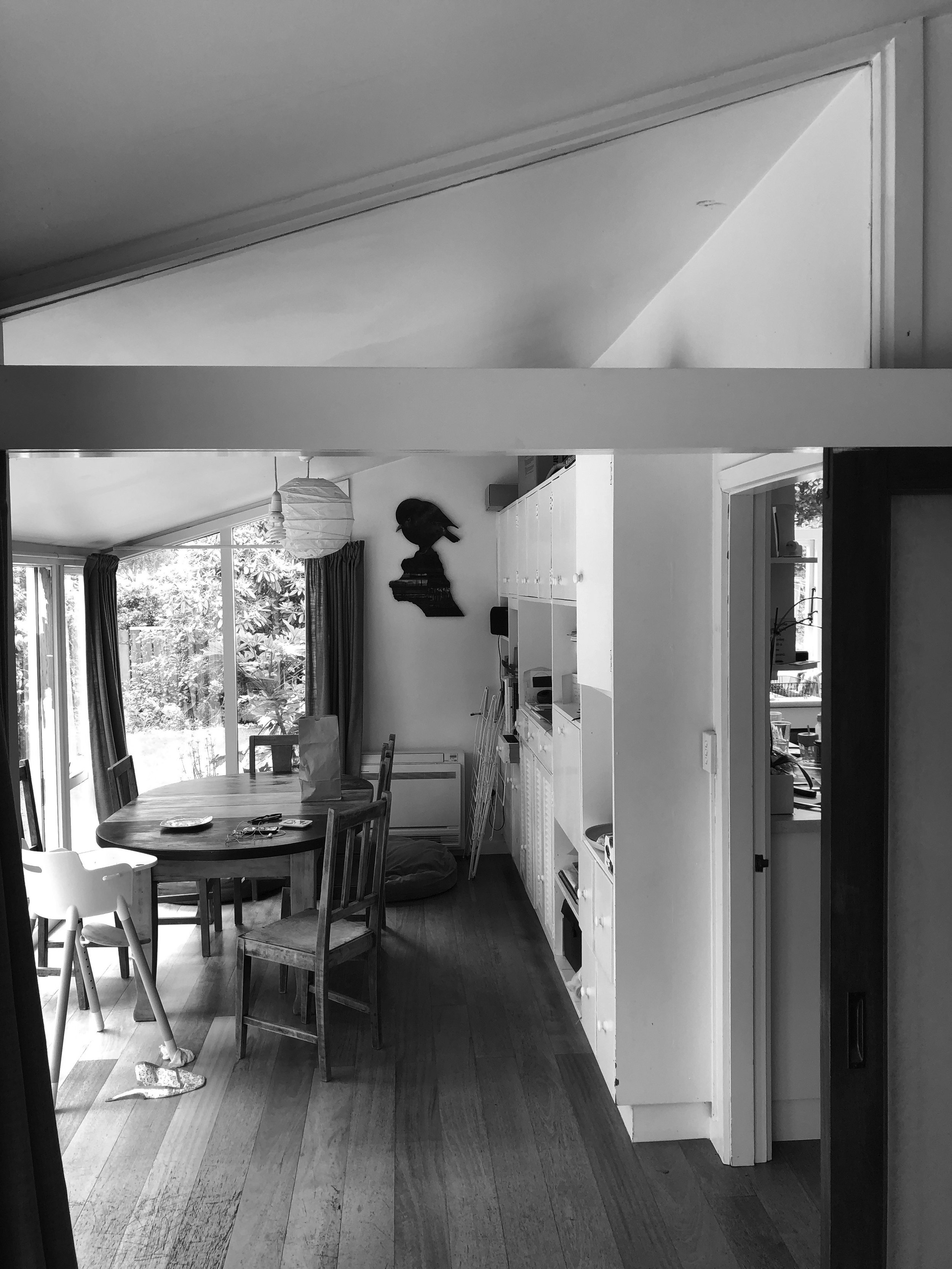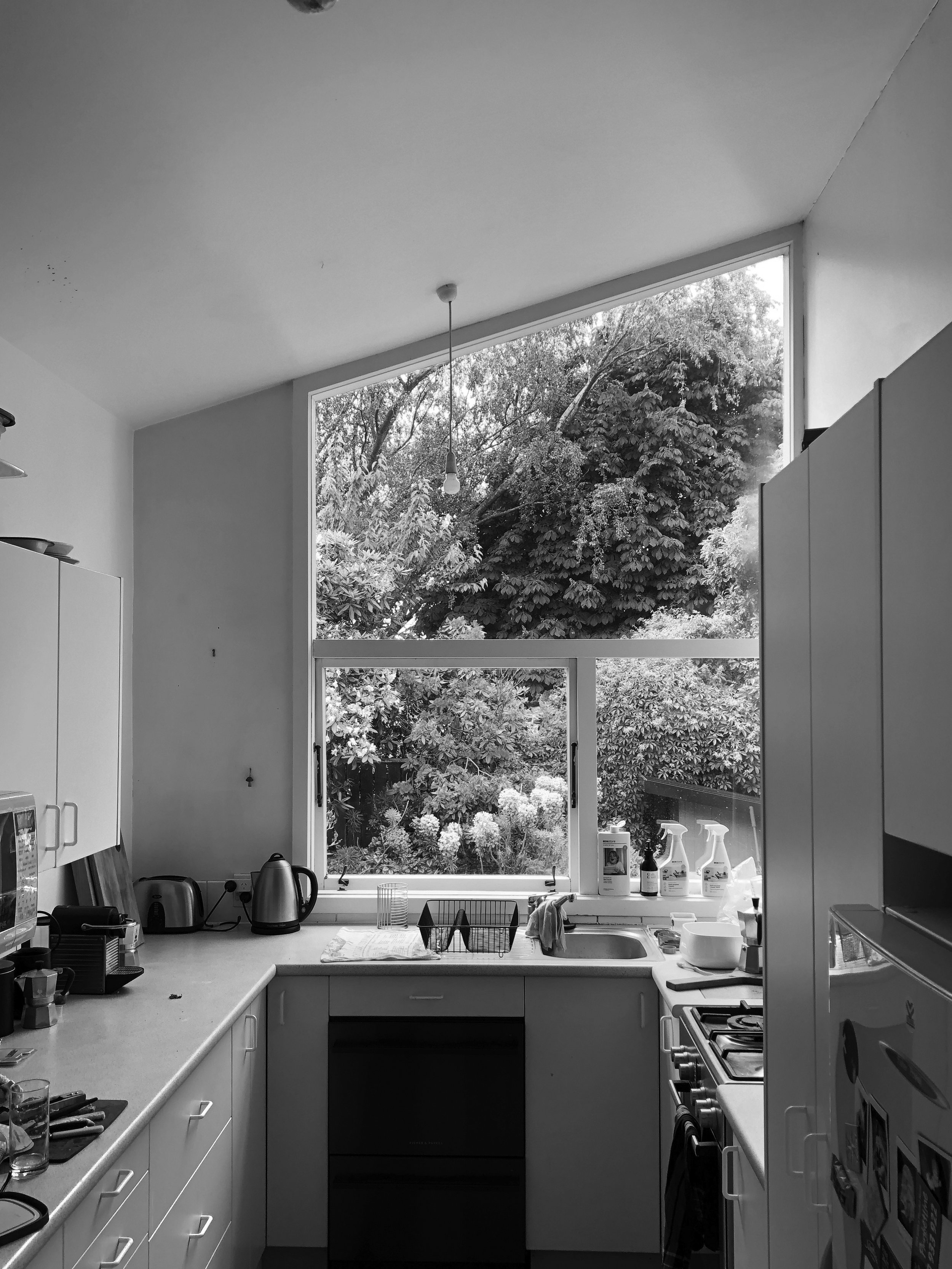Fendalton Home
A renovation of an existing kitchen and dining space in a 1970s era house. This house is the family home of the designer, her husband and two young daughters and is characterised by its high raking ceilings and large format windows. These spaces were divided by a full-height partition wall which separated the flow from kitchen to dining and was disconnected from the adjoining spaces; the outdoors, living and dining, and entertainment areas of the house. It lacked the functional requirements for the frequent (and often chaotic) activity of the young family; playful children, running dogs, and spontaneous visitors.
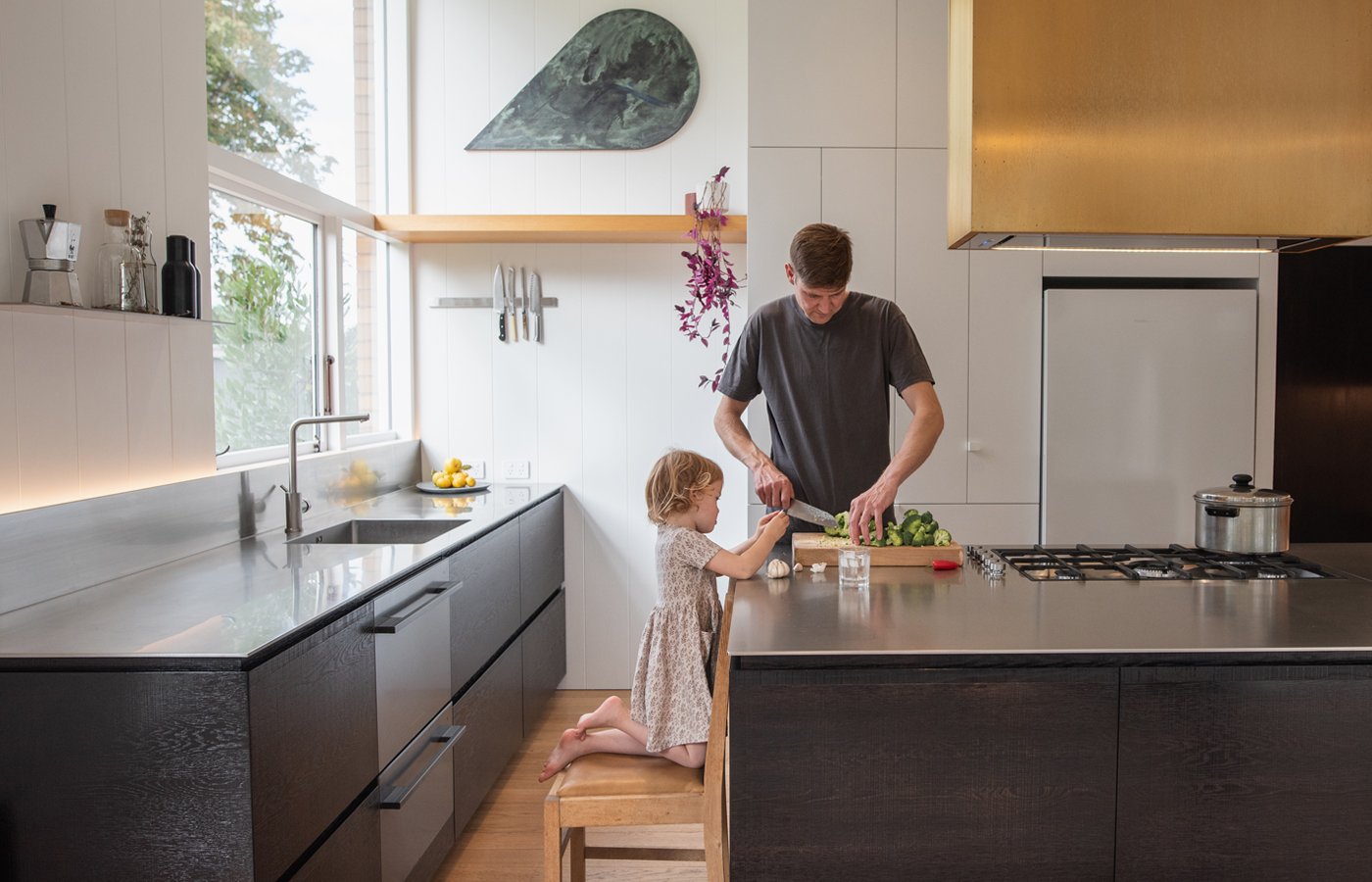

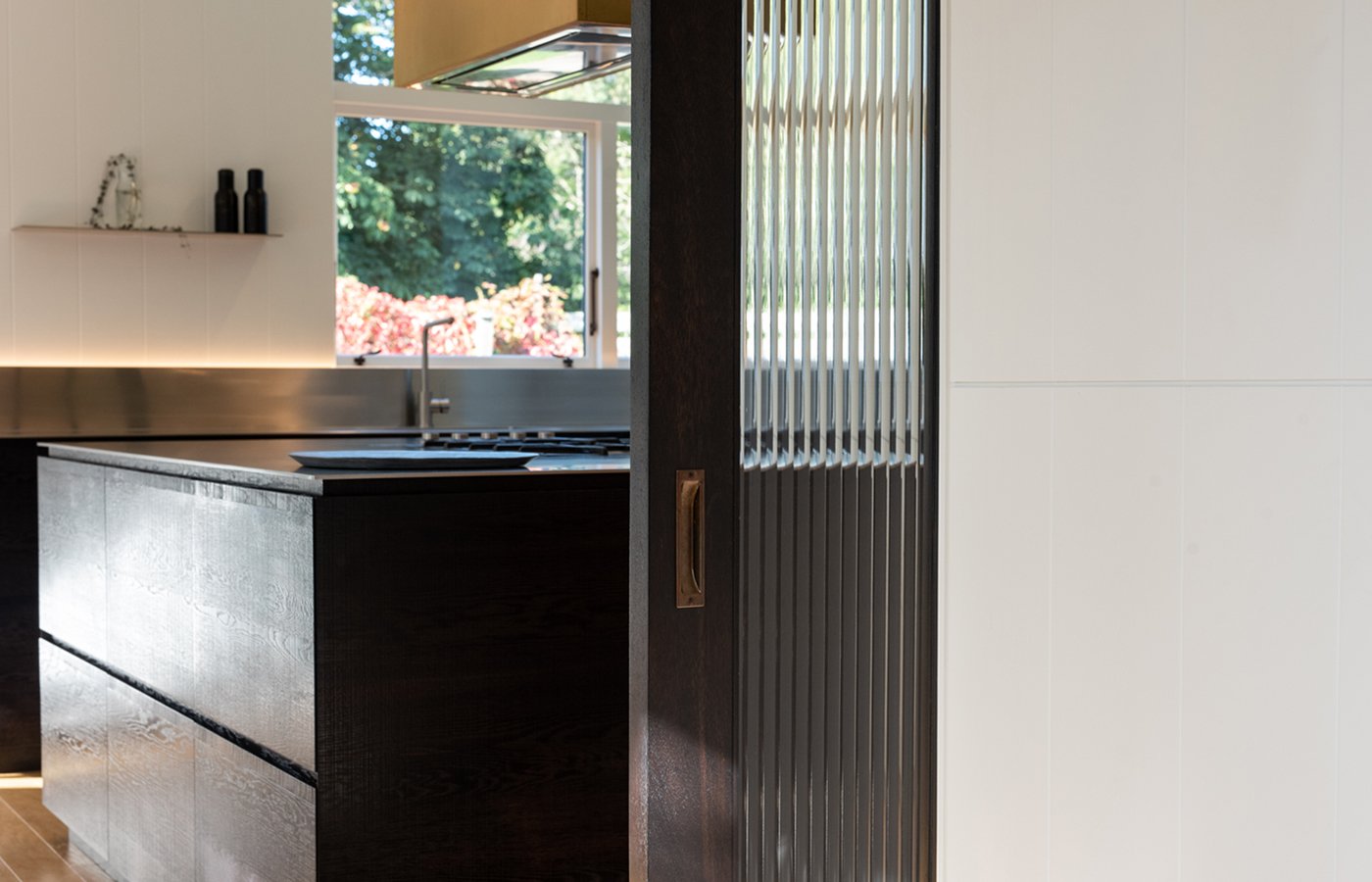
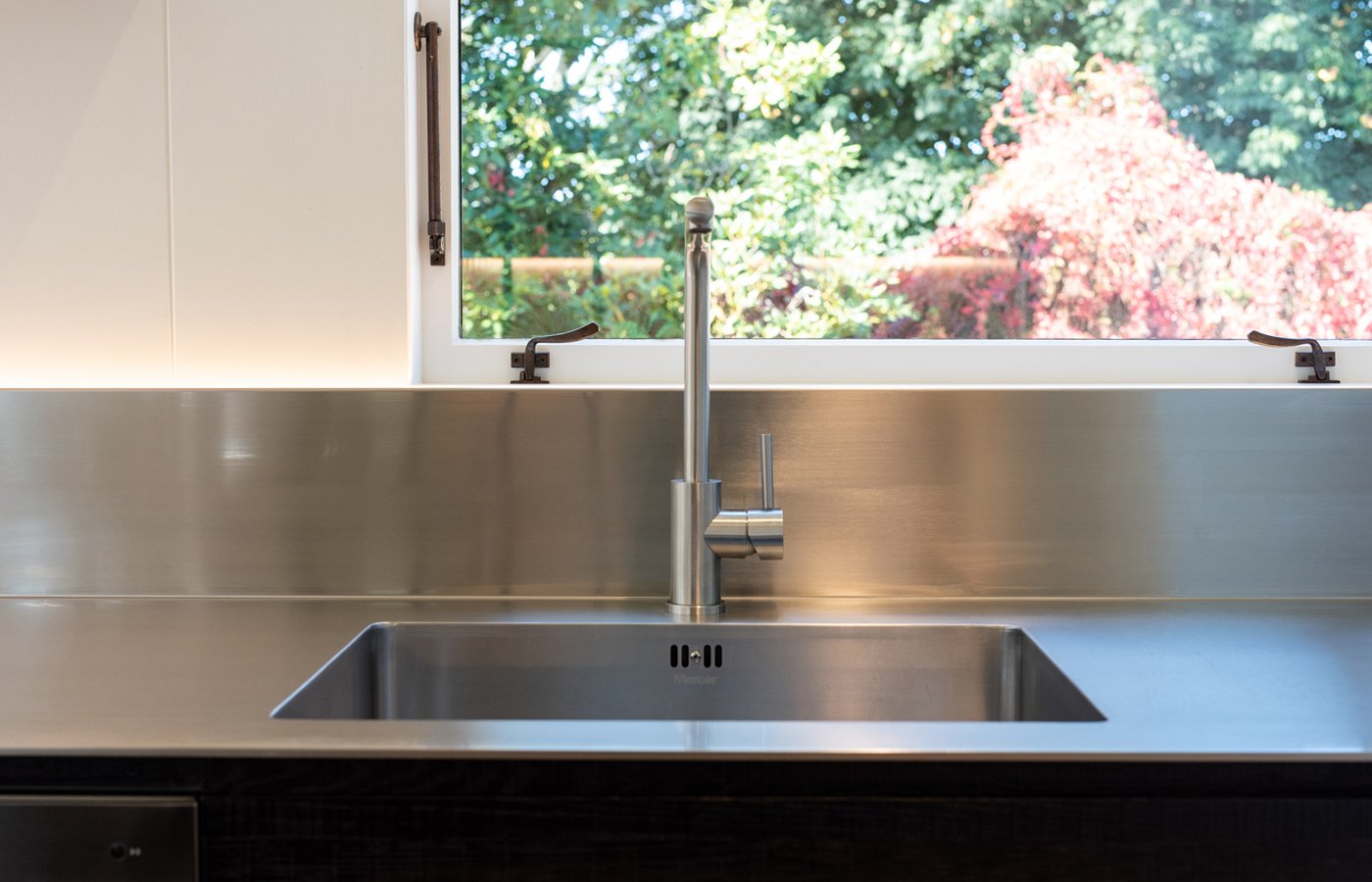



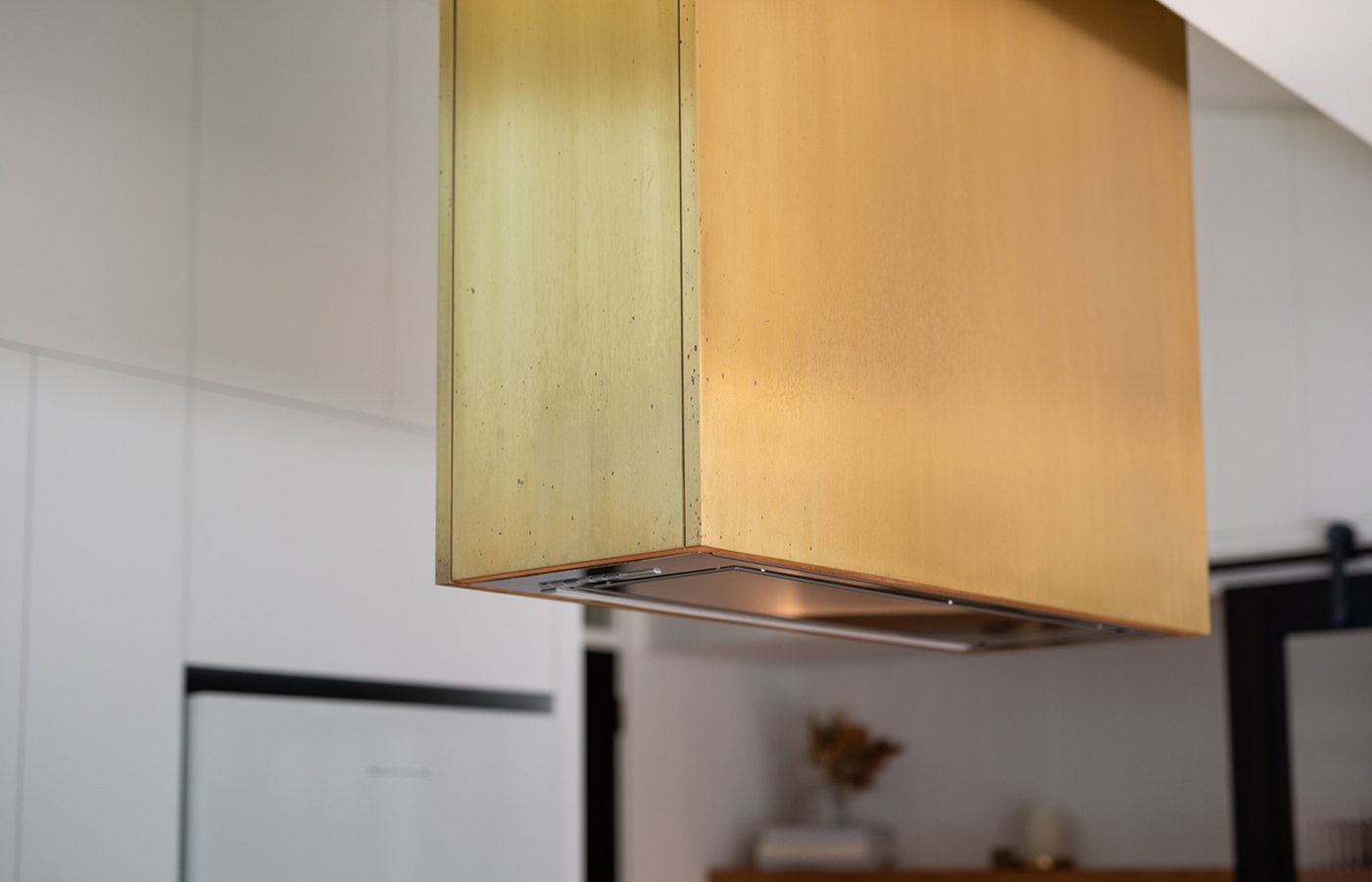
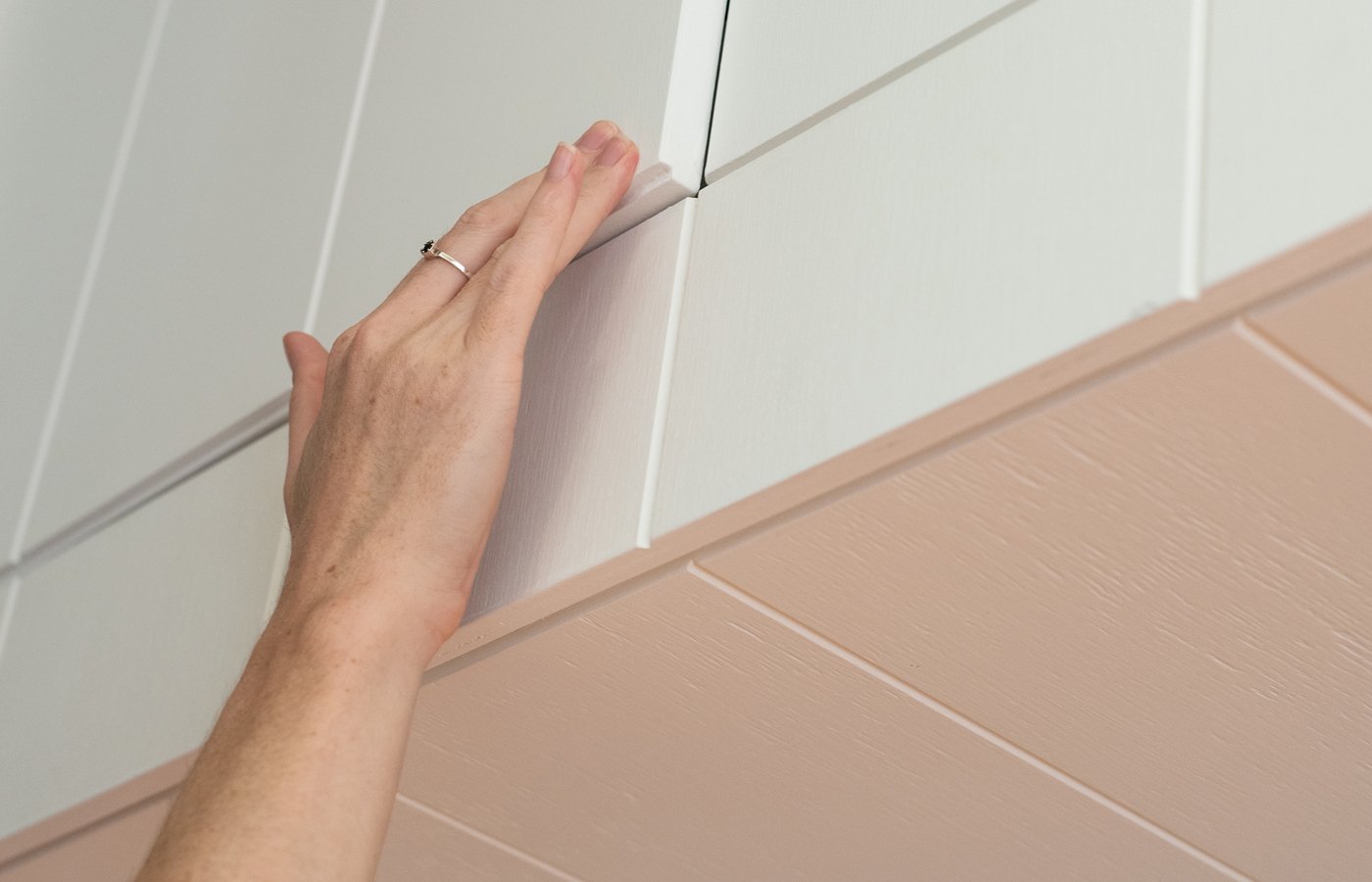
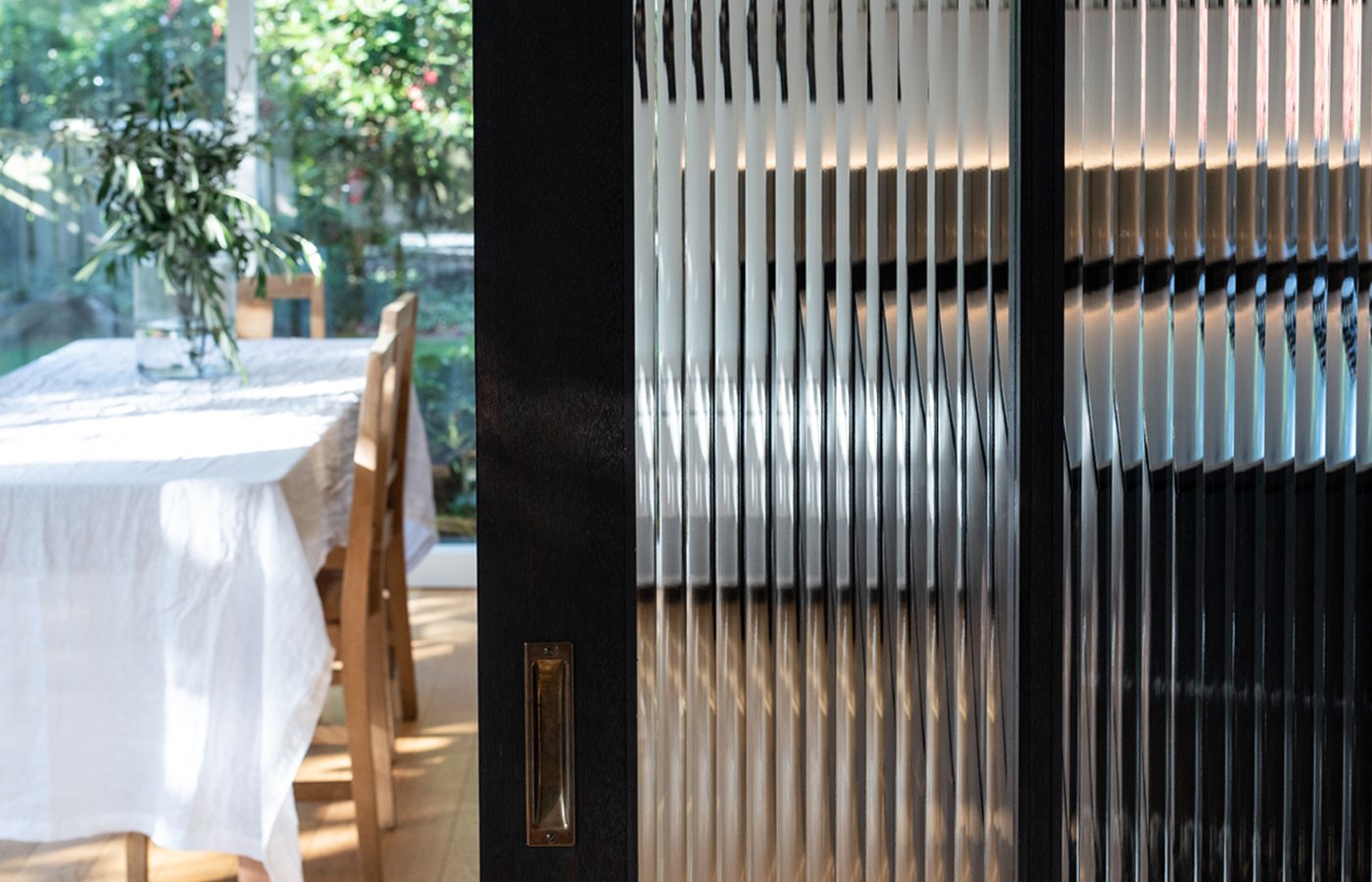

The outcome needed to challenge the conventional in both design and craftsmanship. While durability and functionality were imperative for the occupational demands of the users, it needed also to enhance the quality of living with the space over time. Materials, form, and layout were curated specifically with the intent of celebrating the aging of the spaces alongside the family. The natural atrophy of the spaces – scratching, staining, notches on doorframes – would carry the meaningful habitation of the centre of the family home, capable of being recognised in the beauty of the aging of all its features; living memories contained in the visible use of all constituent parts.
The approach is simultaneously restrained and layered, with contrasts of dark and light, rough and smooth. Finishes were selected and refined with the intent to celebrate the authenticity of the chosen materials and subsequent aging over time with exposure to the daily impact of a young family growing within the spaces. The nuances of the design and its details are revealed through the approach and use, enhanced by qualities of the existing architecture. Materials and appliances were selected in tandem to complement each other and avoid jarring contrasts between panels; a cost-effective integration and methodology which assisted in the function and layout as a series of furniture ‘objects’.
Sustainability was reframed through a question of ‘what if materials and finishes were selected with aging as the primary design intent so elements intentionally evolved over time?’ This reframing proposed a ‘sustainable’ solution wherein material durability and longevity is measured by how textures and surfaces evolve when exposed to the life of a young family; a cognisant departure from maintaining finishes as perfect as the day they were installed. The response captured this shift in thinking through a selection of ‘living materials’ which will continuously age and change with the use of the family to celebrate and accept the authenticity of the materials and their inherent qualities.
